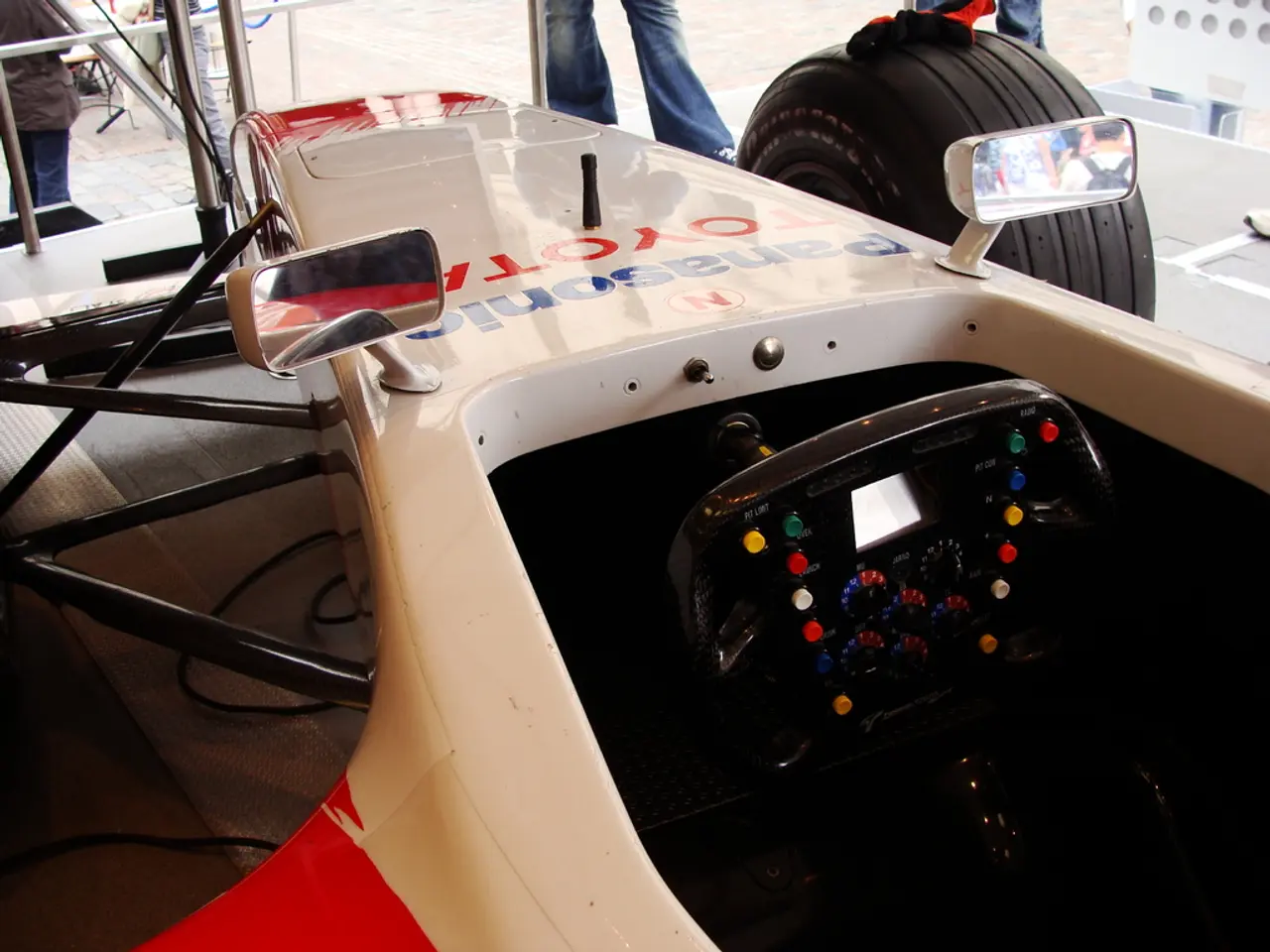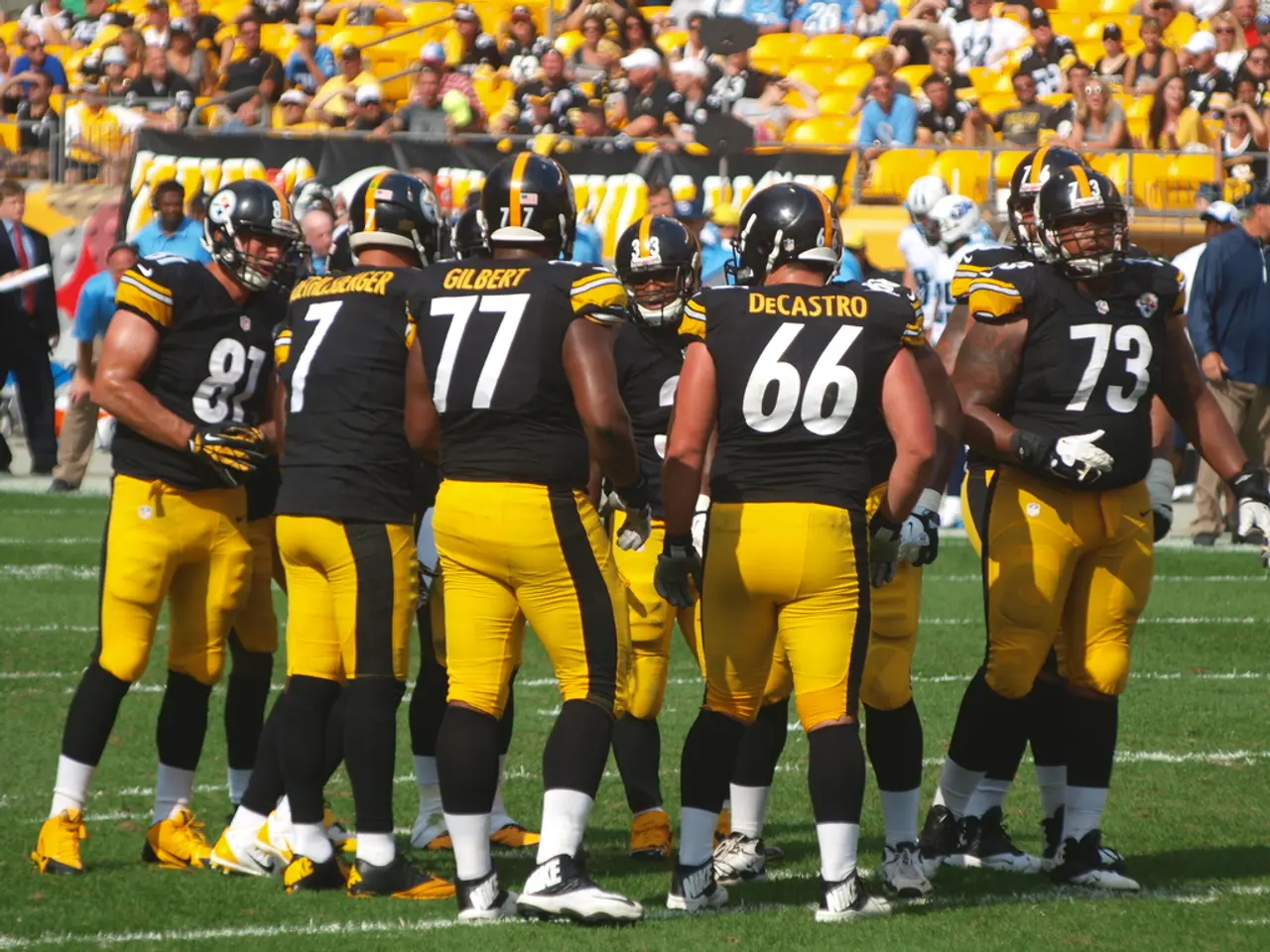Exploring the Quarters of a Mile: A Comprehensive Investigation into Its Past, Importance, and Beyond
The quarter-mile (1,320 feet or approximately 400 meters) holds historical significance in drag racing as the sport’s standardized race length since its early post-World War II days. This distance became the traditional measurement for drag races and remains a key benchmark for performance and speed comparisons in the sport.
The choice of a quarter-mile likely stems from practical considerations such as available space in early drag strips and the balance it provides between acceleration and top speed. Over decades, the quarter-mile became synonymous with drag racing, establishing a consistent, comparable standard for competitors and fans alike. Iconic drag racing events and tracks, including early NHRA (National Hot Rod Association) races and tracks like Bandimere Speedway, featured the quarter-mile, cementing its place in drag racing history.
Even as some professional drag racing categories have shortened their race distances for safety reasons, such as NHRA Top Fuel events now running 1,000 feet, the quarter-mile remains the symbolic and historical race length that defined the sport and its evolution.
In urban areas, a city block is roughly one-twentieth of a mile, meaning approximately five city blocks equal a quarter mile. The quarter-mile remains a cornerstone of drag racing due to its deep-rooted historical significance and the challenge it presents to engineers and drivers alike. In the United States, the quarter mile continues to hold a prominent place in popular culture, particularly in relation to drag racing.
Quarter-mile times vary dramatically across different categories of drag racing cars, reflecting the vast differences in engine power, vehicle weight, and technological sophistication. Achieving a fast quarter-mile time requires a complex interplay of factors, including immense engine power, traction, and the driver's skill. Alternative distances, such as the eighth-mile and 1000-foot, are used in certain formats and classes for practical reasons or safety considerations. A standard outdoor running track is typically 400 meters long, which is very close to a quarter mile (402.336 meters).
The quarter mile originated from the need for a standardized distance for informal street races after World War II. As technology in drag racing cars has evolved, we have seen dramatic improvements in quarter-mile times over the decades. The NHRA plays a pivotal role in quarter-mile drag racing, establishing standardized rules, safety regulations, and competition formats. In automotive testing, the quarter-mile time is a standard metric for evaluating a vehicle’s acceleration. In athletics, quarter-mile times are used to track and compare the performance of sprinters.
In summary, the quarter-mile is historically significant as the foundational distance that shaped drag racing’s identity, competition format, and performance records from the sport’s inception to the present day.
Sports like drag racing traditionally follow the quarter-mile distance, a distance steeped in history and cemented as a benchmark for competition and speed comparisons. The quarter-mile remains an important symbol in drag racing, representing the challenge it presents to engineers and drivers alike.





